Colors bring out the beauty and emotion in anything. Take, for instance, a house you build and kept unpainted, and another painted, which among the two houses will you love to live in? The painted house, right? Yes, of course! The scenario is not different in web designing.
As a web designer, your coloring expertise will keep your site trending and your clients coming back.
Colors play a significant role in web designing, and by exploring the philosophy of colors we can determine the emotions of people visiting the Website.
People’s decision to buy at the first sight before using the product is incredibly determined and influenced by the color attractiveness of the product. This is because colors convey emotions differently to each audience and hugely communicate the product’s acceptability at first sight.
Therefore, web designers should master the color philosophy in web design to make the website communicate better with the users.
Philosophy Of Colors In Web Designs
Technically, there are 3 main components of color philosophy. They are:
1. Distinction
In this color theory, some colors are opposite to every other color. For example, Black is the opposite color of white. The designer here is left with the choice to choose the best color, which stands out, and also choose a direct opposite color to the primary color selected for the site, making it distinctive.
2. Harmonization
Apart from contrasting colors to make the sites distinctive, web designers should have the ability to effectively combine colors to give a pleasing appeal to the website user. That is to harmoniously complement any color chosen.
3. Vivacity
People are affected by colors in different ways. It usually depends on what the designer wants to convey through the colors since colors are a form of communication.
For instance, colors like purple, green, and blue are considered as colors that smoothen and comfort, while, colors like yellow, red, and orange are colors of endurance and energy.
Depending on the user, designers should effectively choose the combination to create their uniqueness.
The Importance of Color philosophy in web design to web designers
In designing a website, you don’t just choose colors at random and start implementing them on the site, but you should select colors with purpose and intentions to meet the expectation of the website visitors.
Studying color philosophy can help you create a smart and good design that the target audience of the website will enjoy.
Any professional in the web design field must understand the color philosophy since colors play a huge role in customers’ decisions in purchasing a product or engaging with a brand, with a staggering 92.6 percent of viewers place a high value on visual factors.
This is the same physiology as customers searching for a privacy policy before entering their payment details on a website.
Below are some reasons why color philosophy in web design is vital to Web designers.
- It helps the designer to use the right combination of colors to design the website. This will help users to navigate the site with ease and a proper understanding. Which also improves and spices up the user experience and enables them to pleasantly find what they are looking for.
- It enables the designer to brand products since the accurate color scheme is vital in making up the success of the product’s marketing campaign.
- The designer’s fluency in color philosophy is essential in that in both digital and physical environments, colors are vital. This is because they serve as a guide and helps to improve the overall experience on websites.
- It helps the designer to make the content on the Website visible and readable.
- Also, it enables the designer to easily highlight features that desire attention on the site.
Coloring System In Web Design
The coloring system is the foundation for every designer in designing a website.
A smart color combination will enable you to achieve an outstanding and balanced design that will create a positive user experience on the site.
On the other hand, failure to choose complementary colors will guarantee a negative impression with chaotic feelings relating to the design.
However, it is of great importance to select your final colors for your design smartly. There are different ways to intelligently select colors to catch your audience’s harmony and give them a wonderful experience.
· Analogous
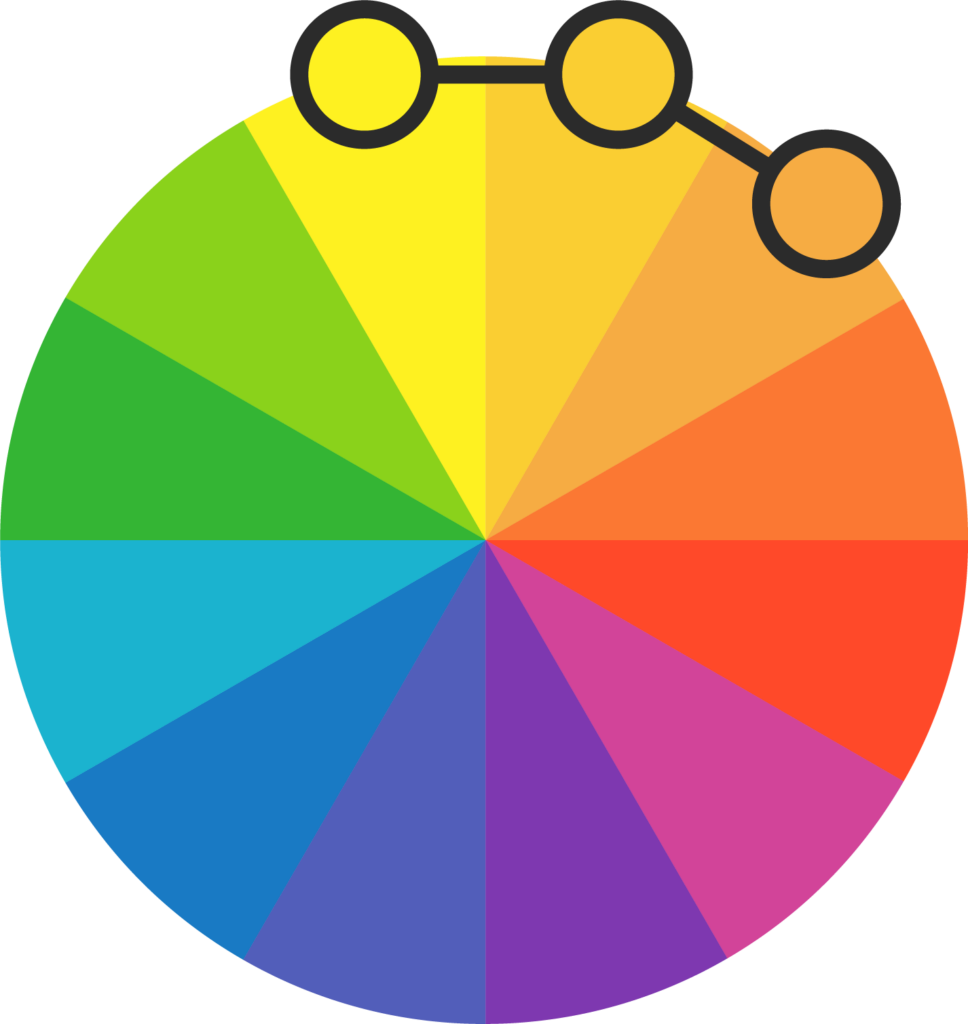
The analogous color scheme is one of the best color schemes that designers use to create a pleasant feeling for users and give them an outstanding experience navigating the site.
The analogous color scheme enables the designer to play around with various colors and smartly select complementarily the most vibrant color combinations.
Choosing the color tone and the combination is the most daring aspect of the analogous coloring scheme.
· Monochromatic

In the monochromatic color scheme, the designers first focus on one color and then plays with their shades and tints.
· Triad
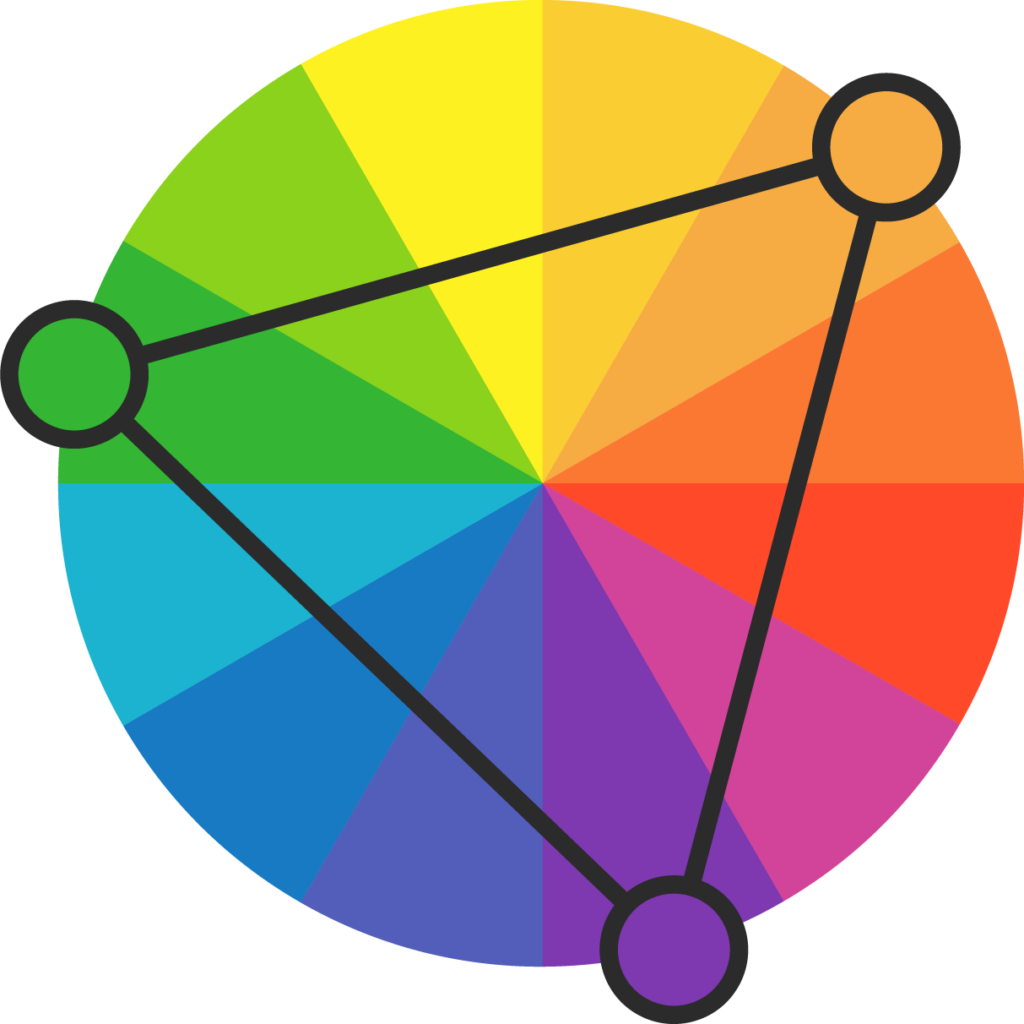
Triad color scheme is the most used style by designers because the color wheel is in a way that each color is widely distant from each other. It is based on three color selections with an actual distance of 120-degree from each other.
Advisably, it’s best to choose just one color for the background and use the other two in designing contents and navigations.
· Complementary
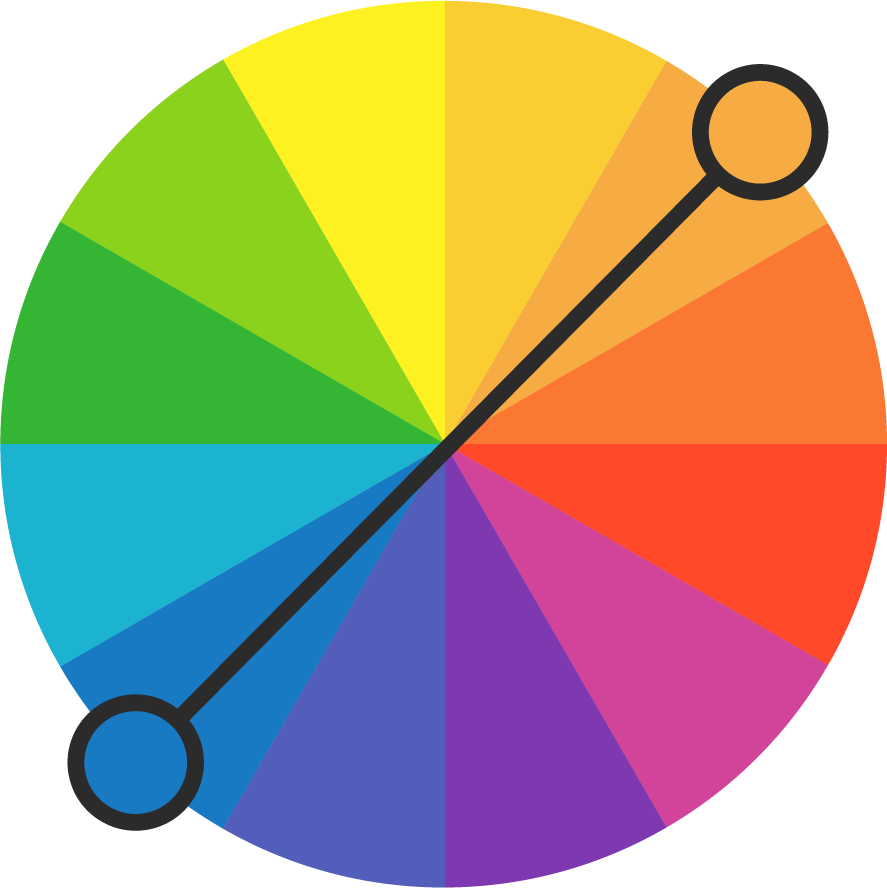
Establishing the right complementary color for a website is very simple. It’s achieved by selecting a color from the color wheel and directly selecting the opposite color you first selected.
· Compound
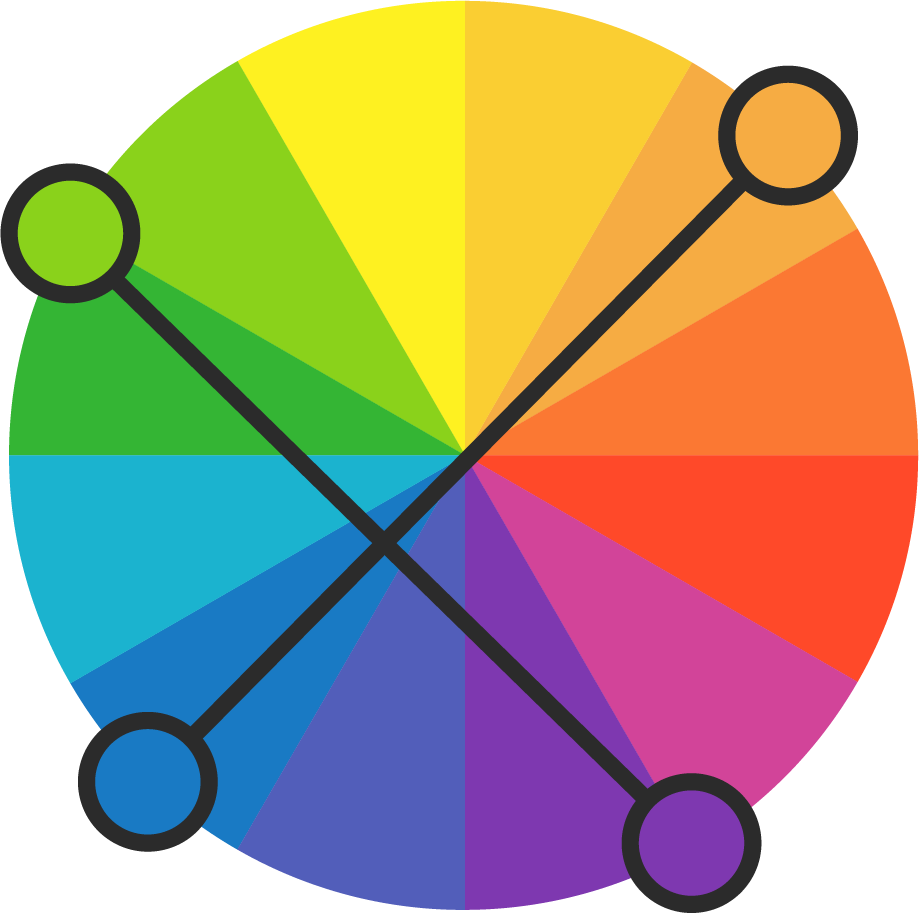
Here the designer has the possibility of choosing 4 colors. To impress the users, designers can select 2 colors complementary to each other and let the other 2 be distinctive.
· Square
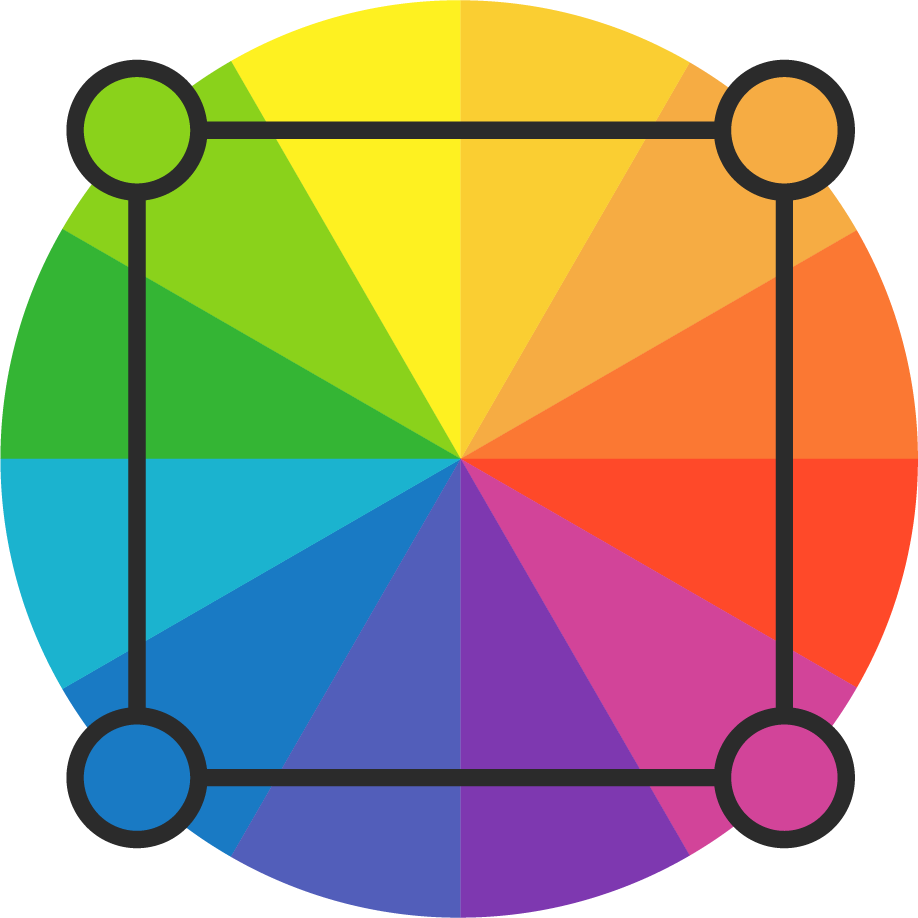
The square color scheme gives the designer 4 possible colors. These are also distant from each other as on the color wheel. Choosing just one color as the dominant color and the others corresponding to it.
· Rectangle
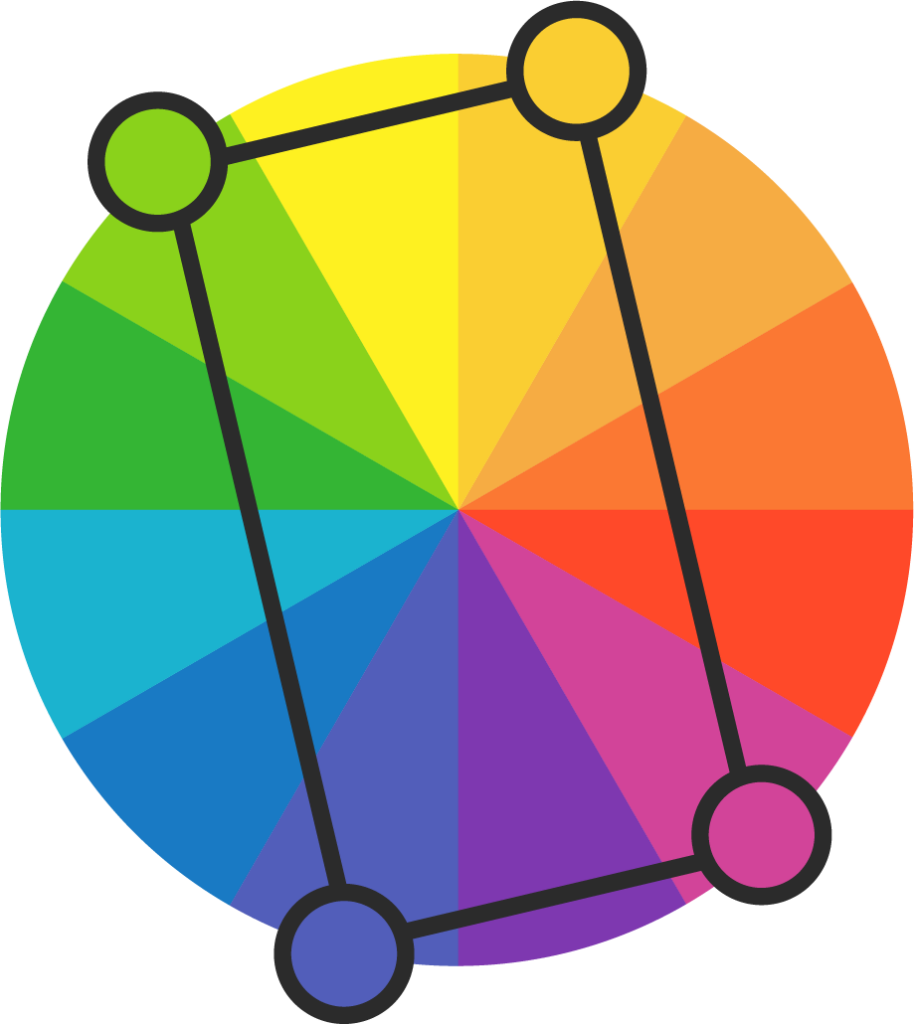
There is a 4 colors option here as well, but 2 must be complementary sets of colors.
Colors and the Emotions they Carry
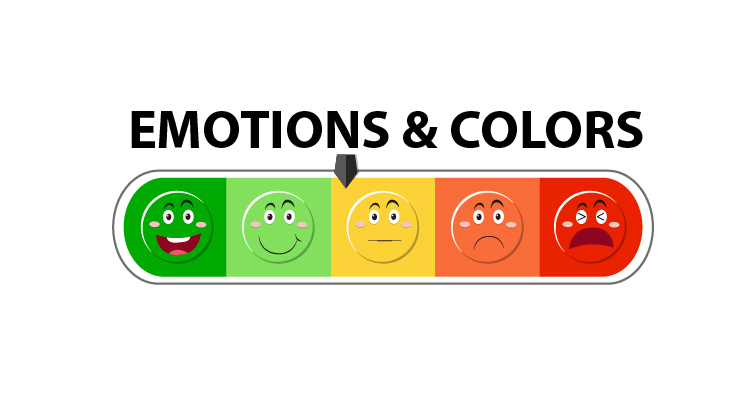
Image:https://drive.google.com/file/d/1v7L7yMo-6fE85bBzRNqa_zCRcPkWihwm/view?usp=sharing
Emotions are the state of an individual’s inner response to the body. Colors have an emotional effect on the psychology of people in every aspect of life.
The designer has to know what emotions and feelings each color conveys to build a good website. Nonetheless, it is also of great importance to know your targeted audience to use your colors wisely concerning their cultures and believes.
Below is a list of the different feelings some primary colors covey to persons:
· White Color
Using the white color as the dominant color in your design makes it simple and gives it a clean look. Other feelings that white conveys are purity, innocence, cleanliness, a sense of space, neutrality, and mourning in some cultures.
· Black Color
Although the black color looks sophisticated, it enhances ease to read and shows a classic superiority. Other feelings it triggers include authority, power, strength, evil, intelligence, thinning/slimming, and death or sorrow in some cultures.
· Red Color
The red color conveys some negative feelings in persons but knowing your audience will enable you to use it properly. Some possible emotions are love, romance, gentleness, blood, warmth, comfort, energy, danger, intensity, excitement, and life.
· Green Color
Green, on a general note, gives a refreshing feeling and exposes friendliness. Some other emotions as neutrality, growth, coolness, money, health, envy, tranquillity, harmony, calmness, and fertility.
How Web designers can use the skill of Color philosophy in consulting web design clients.
Now that you know about color theory and the philosophy behind it, how do you consult clients on what color schemes to use?
In order for you to do this effectively, you need to know the basics first.
As a web designer skilled in color philosophy, you cannot just rely on your expertise in colors to deliver the best color combination to a client.
For example, you may provide an outstanding color combination to a client, but it doesn’t meet the client’s expected results as a result of you not taking the brand, products, and target market into consideration.
Being aware that colors convey different feelings, emotions, and attraction, it is necessary to consult your clients by asking them the following question:
What is the purpose of the Website?
What is the name of your brand?
What is the use of the brand?
Who is your targeted audience?
What are their believes and cultures?
After you have all the answers you need from the client, you can go ahead and put your color philosophy skills into action and consult the client with an amazing color scheme for their website.
Conclusion
Web design is a constantly evolving field, and in order for web designers to stay on top of their game, they need new skills. Now that you know all things about color philosophy, you have a highly valuable skill at your disposal to get ahead of your competition and increase the value of your services.





